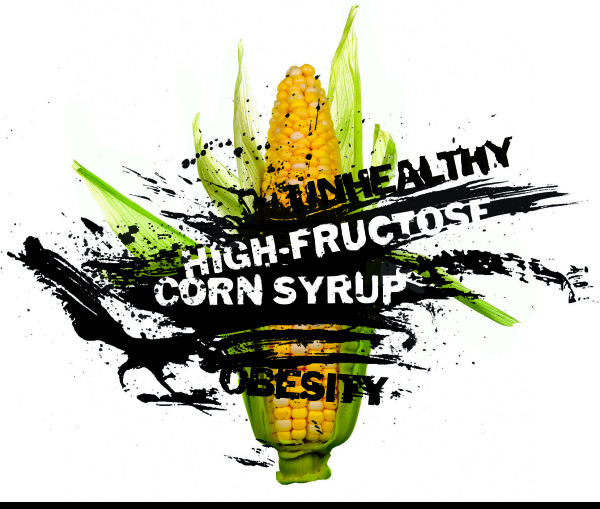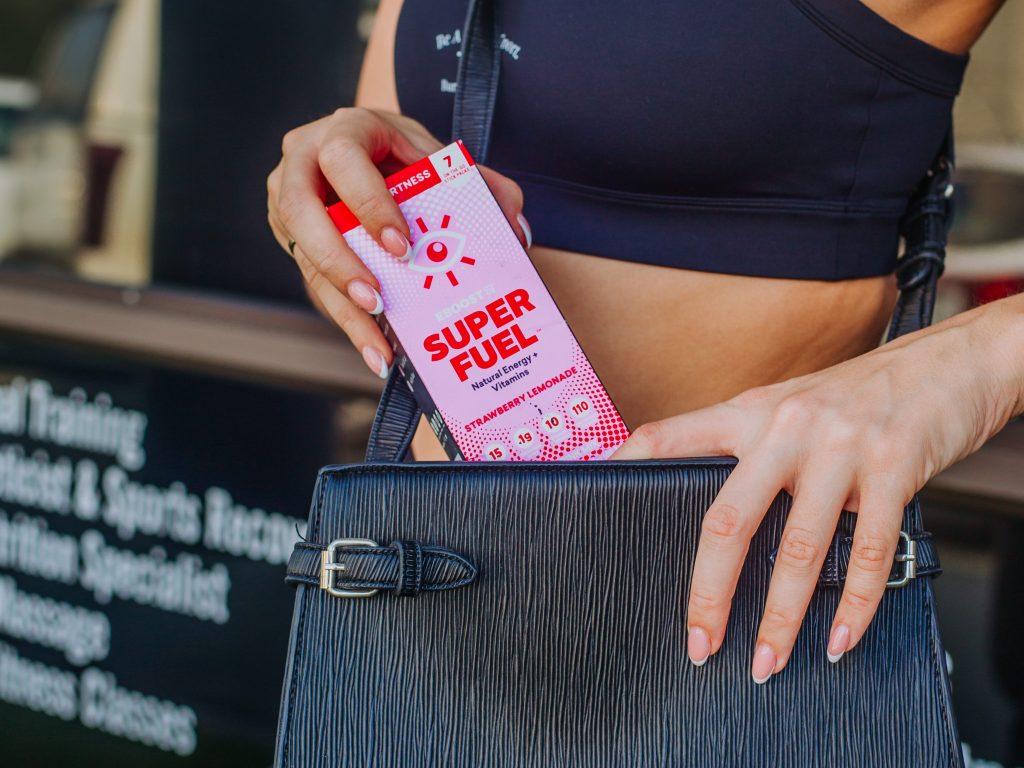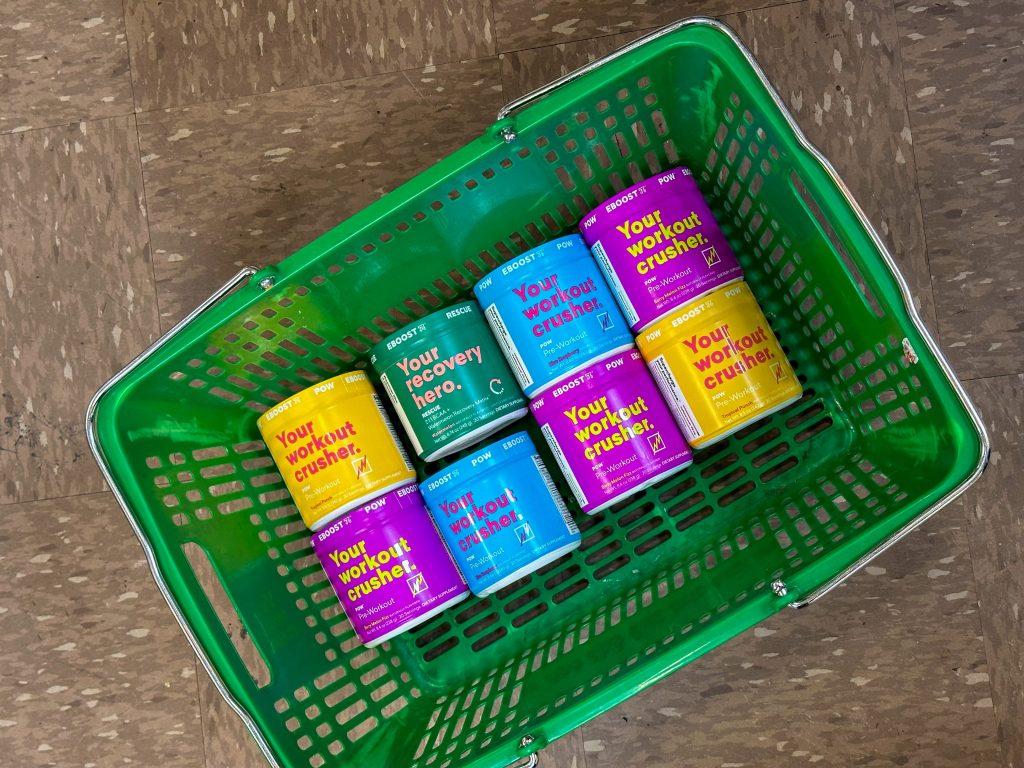
According to the “Food Addiction” hypothesis that has been proposed by some experts, one could become addicted to taste enhanced food just as one could become addicted to addictive drugs such as cocaine.
According to the researchers, the findings of their study suggest that foods with high levels of HFCS have the same addictive properties as cocaine and could partly explain the global obesity epidemic.
According to a former head of the FDA, David Kessler, eating sugar is “highly pleasurable. It gives you this momentary bliss. When you’re eating food that is highly hedonic, it sort of takes over your brain.”
High-fructose corn syrup can be found in practically all fast-foods. Research has implicated the product not only in obesity but also in other diseases such as diabetes. HFCS became widely available in 1970s after it was discovered in the 1950s. It is found in processed foods such as bread, pizza, meat, donut, chocolate bars, soda, cereals, ketchup, soup, tinned tuna, mayonnaise and yougurt.
Apart from making food more palatable, it is also used to increase the shell-life of processed food products.
According to WHO, there is a worldwide epidemic of obesity, which it terms “globesity.” The distribution of the incidence is not limited to affluent industrialized societies. It occurs also in less developed economies. WHO estimates that the global incidence of obesity has more than doubled since 1980 with more than 1.4 billion people classified as overweight in 2008 and 500 million of overweight people classified as obese.
Obesity poses major health risks. The incidence of diabetes, cardiovascular diseases, hypertension, stroke and certain forms of cancer is higher among obese people.
The US Food and Drug Administration places a legal limit of 55 percent on the fructose content of HFCS. But studies have shown that fructose levels in popular soda brands are often higher than the legal limit. The Corn Refiners Association who produce HFCS have revealed that they have been producing a version of HFCS with 90 percent fructose levels for decades, although the product has never been tested for safety or approved by FDA.
Read more: http://www.digitaljournal.com/article/351810#ixzz2Vv0IkTxM





